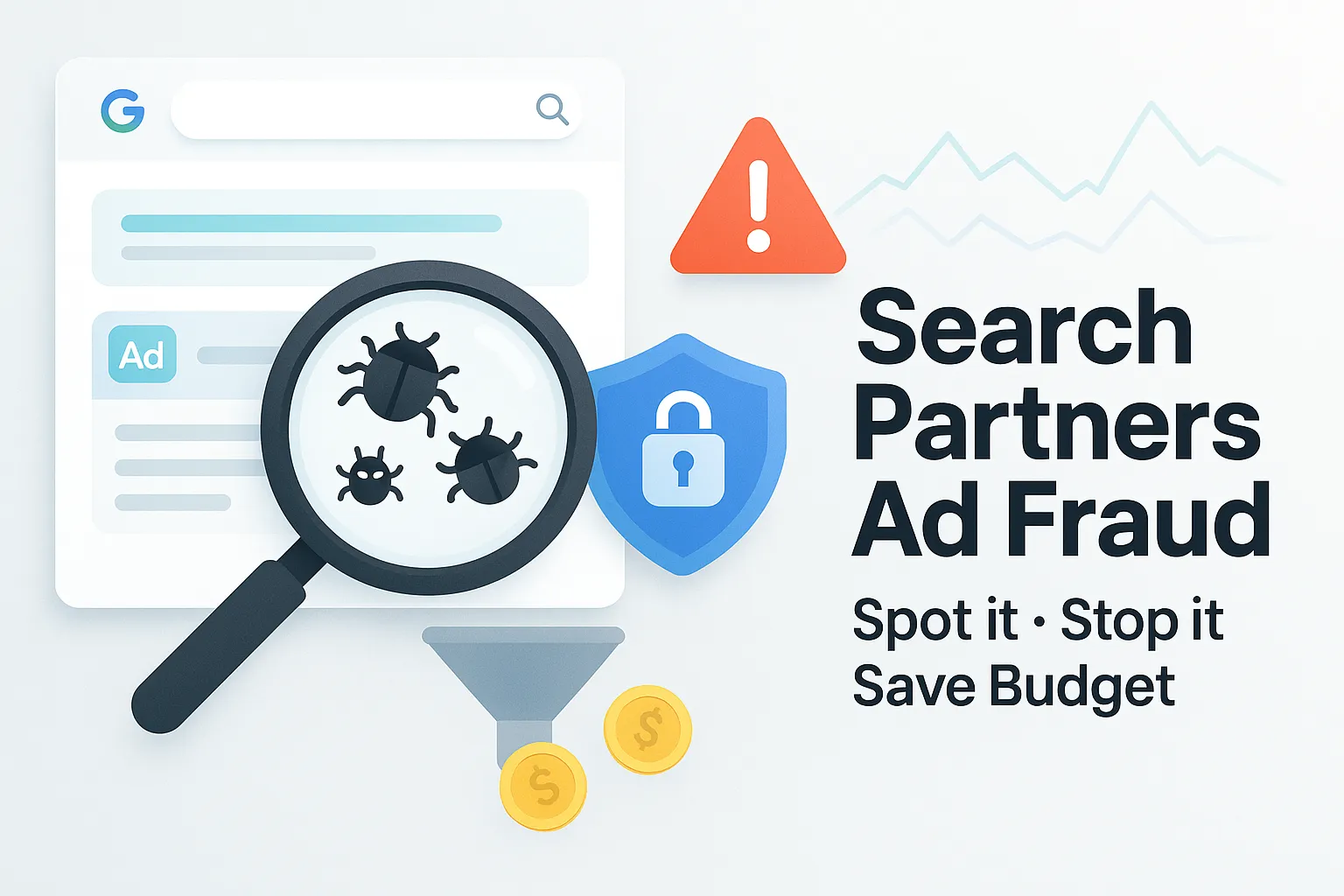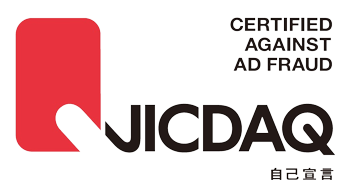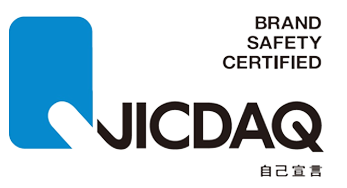Client-Side Security Monitoring: Detect Script Threats, Prevent Data Leaks, and Stay PCI DSS Compliant

Client-side security monitoring is the process of observing and analyzing what scripts do within the user's browser when they visit your website. This includes how JavaScript executes, what data it accesses, and whether it interacts with external systems.
Modern websites rely heavily on third-party scripts for marketing, analytics, personalization, and UX features. These scripts operate outside of direct server control and can be changed or compromised without notice. That creates a blind spot for security and compliance — especially if sensitive user data is processed on the page.
This concern is not limited to technical teams. Digital marketers, e-commerce operators, and compliance leads all share responsibility for third-party tools and browser-based behavior. The Payment Card Industry Data Security Standard (PCI DSS) v4.0, in particular, mandates the monitoring of all scripts that load on payment pages (Requirement 6.4.3). General privacy frameworks like GDPR and CCPA also require controls around personal data handling — including what scripts are collecting and transmitting.
Client-side monitoring helps detect unauthorized script changes, flag risky behavior, and document compliance efforts. Tools like Spider AF SiteScan are purpose-built for this, offering visibility into script activity and providing reporting that supports data protection goals.
This guide will explain what client-side monitoring involves, why it matters, how it compares to other forms of observability, and how to evaluate tools for your own website.
You can start with a free website security check from Spider AF SiteScan to see which scripts are currently active on your site and whether any risks are present.
What Is Client‑Side Security Monitoring?
Client-side monitoring refers to the observation of script behavior in the user’s browser. This includes third-party and first-party scripts, network requests, and how the page DOM is modified during a session.
Client‑Side Security vs. Server‑Side
- Server-side monitoring watches backend infrastructure — APIs, databases, and internal logic.
- Client-side monitoring inspects what happens in the browser, such as script execution, dynamic content rendering, and third-party asset loading.
Many attacks, such as formjacking and data exfiltration, occur entirely in the browser and may not appear in server logs.
Role of Monitoring
Client-side monitoring helps:
- Track scripts as they change over time
- Alert teams to unauthorized behavior
- Create an inventory of all active JavaScript
- Support incident response with detailed records
Differences from Real User Monitoring (RUM)
Real User Monitoring measures performance (e.g. page speed, load time).
Client-side security monitoring measures behavior and risk (e.g. what scripts are doing, where they send data).
They serve different goals but can complement each other.
Common Client‑Side Threats
Below are frequent risks observed in the browser environment:
Cross‑Site Scripting (XSS) & DOM‑Based XSS
Malicious code is injected into a page to run in the user’s browser. In DOM-based XSS, the payload is inserted entirely client-side. These attacks can capture session data or alter the page experience.
Magecart / Payment Skimming & Formjacking
Malicious scripts intercept form inputs, especially on checkout pages. These are often delivered via compromised third-party libraries. A well-known example is Magecart, which has affected large retailers by stealing credit card data from unsuspecting users.
Third‑Party Script Tampering & JavaScript Drift
Scripts hosted by vendors or CDNs may change without the site owner's knowledge. This “drift” can introduce functionality that wasn't originally approved — including tracking, redirect behavior, or insecure data handling.
Sensitive Data Leakage & Logic Exposure
Some scripts may unintentionally expose form data, session information, or proprietary frontend logic. If not monitored, these interactions can violate data privacy obligations.
Why Monitoring Client‑Side Behavior Matters
Monitoring helps mitigate risk and support compliance in a script-heavy web environment.

Risk from Third‑Party Scripts (Browser Supply Chain)
Third-party scripts often load from external servers and can be updated without your involvement. If a provider is compromised, your site may unknowingly serve malicious content. Monitoring tools identify new or changed scripts that may pose risk.
Live Threat Detection
Client-side threats often execute immediately when a user visits the page. Security tools that monitor scripts in real time can detect:
- New script injections
- Unexpected network calls
- Changes to form behavior
Compliance with PCI DSS v4.0 and Privacy Laws
- PCI DSS v4.0 (Requirement 6.4.3) mandates that scripts on payment pages be:
- Authorized
- Monitored
- Justified for their use
(Source: PCI DSS v4.0 official documentation)
- Authorized
- Privacy laws (e.g. GDPR, CCPA) require businesses to know where data goes and how it’s processed.
Monitoring helps provide documentation and real-time insight to meet these expectations.
Key Monitoring Capabilities & Tool Types
Here’s what to look for in a monitoring platform:
Script Inventory & Asset Tracking
- Catalogs all scripts by domain, path, and version
- Flags newly added or removed assets
Behavioral Monitoring & Integrity Validation
- Detects unexpected script behavior (e.g. form manipulation, network beacons)
- Checks for changes to known script content or behavior
Alerting and Integration
- Sends alerts to Slack, email, or SIEM tools
- Allows security teams to triage and respond efficiently
Dashboards and Compliance Reporting
- Summarizes behavior trends
- Supports reporting for PCI DSS audits and risk assessments
Spider AF SiteScan includes a script behavior overview, helping organizations quickly identify changes or potential anomalies.
Sample Tools & Platforms
Each platform varies by scale, integration options, and UI design.
Best Practices for Deploying Monitoring
Create a Script Inventory
Know what scripts are in use, where they come from, and their business justification.
Use CSP and SRI Where Appropriate
Content Security Policy (CSP) restricts script sources. Subresource Integrity (SRI) validates content. These reduce the risk of script manipulation.
Review Third-Party Scripts Regularly
Keep an approval process in place for new vendors and regularly audit changes to existing tools.
Automate Alerts
Configure severity levels and integrate notifications into workflows.
Recalibrate Over Time
Use insights from actual user sessions to adjust detection thresholds and reduce false positives.
Case Studies & Real‑World Insights

Form-Skimming Discovered by Monitoring
A mid-sized retailer observed abnormal checkout behavior. Client-side monitoring revealed that a third-party analytics script had been modified upstream to capture form inputs. Quick remediation prevented further exposure.
Script Tracking for PCI DSS Audit Readiness
A payment services company used script inventory tracking and change monitoring to meet PCI DSS v4.0 script requirements. Having clear audit trails and reports simplified the assessment process.
Unique Perspective: AI‑Powered Client‑Side LLM Analysis
Emerging Use of LLMs in Browser Security
Recent research (see arXiv and industry whitepapers) shows that compact AI models can run in the browser to analyze:
- Script syntax patterns
- Risk indicators from URLs or endpoint calls
- Obfuscated code and anomalies
Privacy and Edge Efficiency
These models can help analyze behavior without exporting raw data, preserving user privacy and reducing latency. They are not widely deployed yet but show potential for augmenting existing tools.
How to Evaluate & Choose a Monitoring Solution
Frequently Asked Questions
Q: What is client-side security monitoring?
A: It's the practice of tracking and analyzing scripts running in the browser to detect anomalies or malicious activity.
Q: Does client-side monitoring help with PCI DSS v4.0?
A: Yes. It supports Requirement 6.4.3, which mandates monitoring of payment page scripts.
Q: Can I monitor scripts without affecting performance?
A: Most tools, including SiteScan, are designed to load asynchronously and minimize impact.
Q: How can I get started?
A: You can run a free website security check with Spider AF SiteScan.
Conclusion & Call‑to‑Action
Client-side monitoring helps protect against real-world browser threats and improves compliance with modern security and privacy standards. For digital businesses, gaining visibility into script behavior is now as important as protecting backend infrastructure.
Spider AF SiteScan provides visibility into third-party scripts, behavior tracking, and reporting features that help organizations detect issues early and stay audit-ready.
👉 Start now with a free website security check to evaluate your site’s browser-side risks.














.png)







